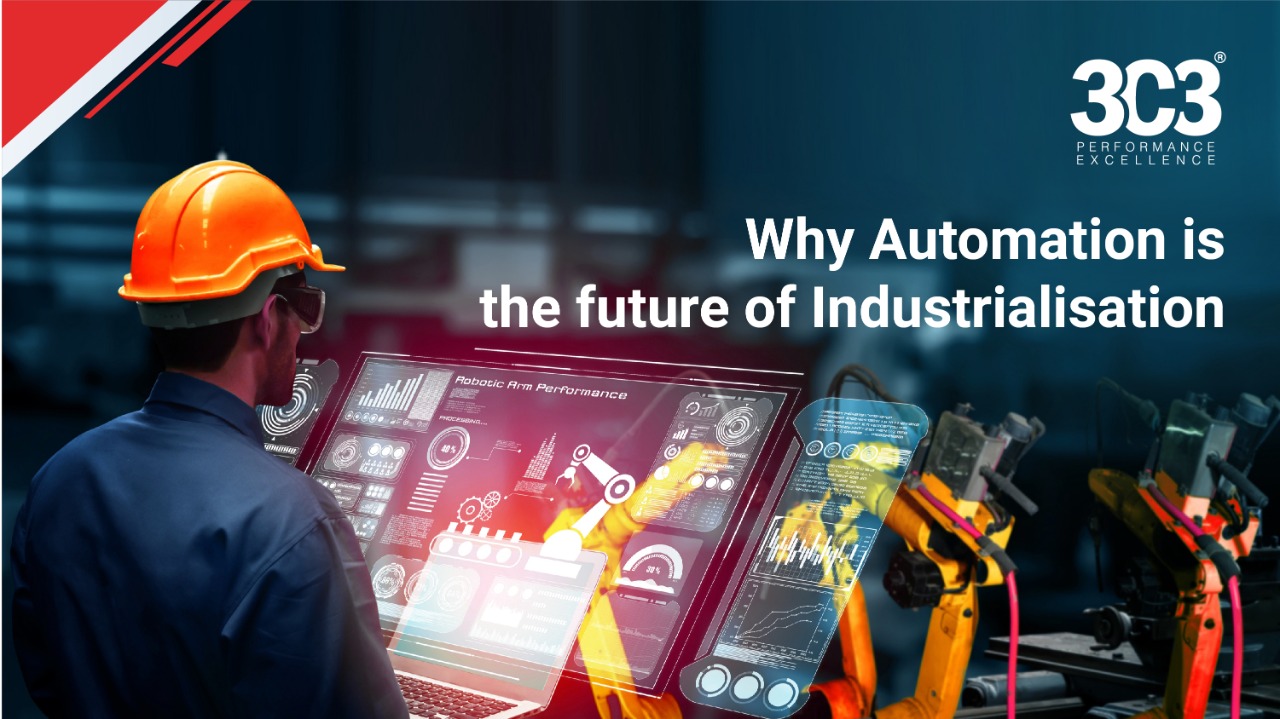Why Automation is the future of Industrialisation
Industrial automation is the second step beyond mechanisation when we talk about industrialization. It is primarily the use of control systems, such as information technologies, robots and computers for handling different processes and machineries in an industry to displace manual work done by humans in day to day activities in a well controlled manner.
Automation in the industrial workplace provides the advantages
of improving productivity and quality while reducing errors and
waste, increasing safety, and adding flexibility to the
manufacturing process. Industrial automation refers to the
categorization of software and hardware and a mechanism that
combines them (hardware & software). It also provides
increased safety, reliability, and profitability. Many
industries can benefit from industrial automation processes.
Depending on the operations involved, the industrial automation
systems are majorly classified into two types, namely process
plant automation and manufacturing automation. Some of the
largest ones include manufacturing, oil and gas, paper mills,
and steel mills. There are four factors that connect with each
other in order to form an industrial automation system. They are
Industrial Sensors and control devices, Human-machine interface
(HMI), Programmable logic controller (PLC), Motor control units.
Industrial Automation Systems are of different types, such as
Fixed Automation (Hard automation), Programmable Automation,
Flexible Automation and Integrated Automation.
The need for automation has proven to be fruitful with the
passing of time. Automation can keep your process in-house,
improve process control and significantly reduce lead times
compared to outsourcing or going overseas. Automation solutions
are based on your unique needs and goals and pay for themselves
quickly due to lower operating costs, reduced lead times,
increased output and more. It also involves the process of
rolling out new features using advanced technology in business
to reduce limitations. The numbers must be present in a
simplified manner so that it becomes easier for the decision
makers to make decisions.
While few organizations are still using the manual way of
reporting data, many other industries have started using
autonomous technology to see a change in the overall
productivity. In short, manufacturing is a game of numbers which
calculates how much we can produce with the limited resources at
our disposal.
3C3 also provides industrial automation and various other
structured cable solutions. Follow us on our social media
channels including Facebook, Twitter, LinkedIn and Instagram.
